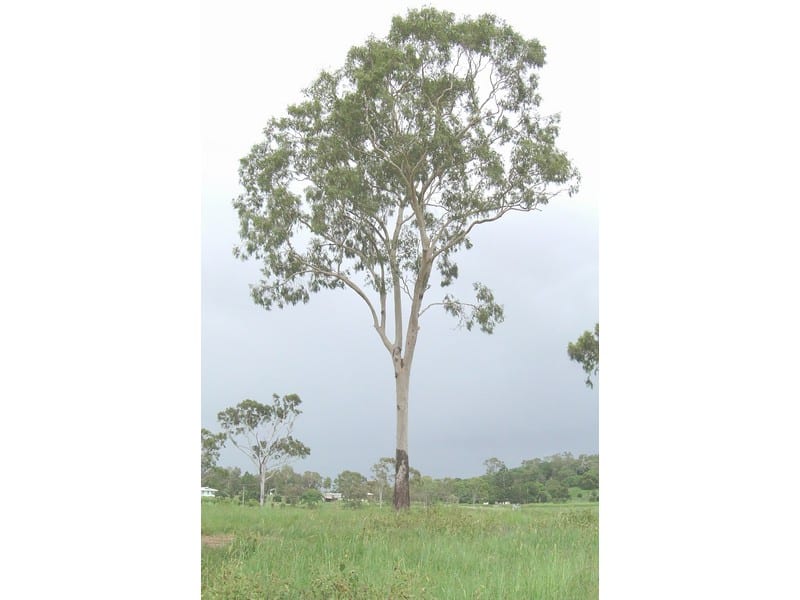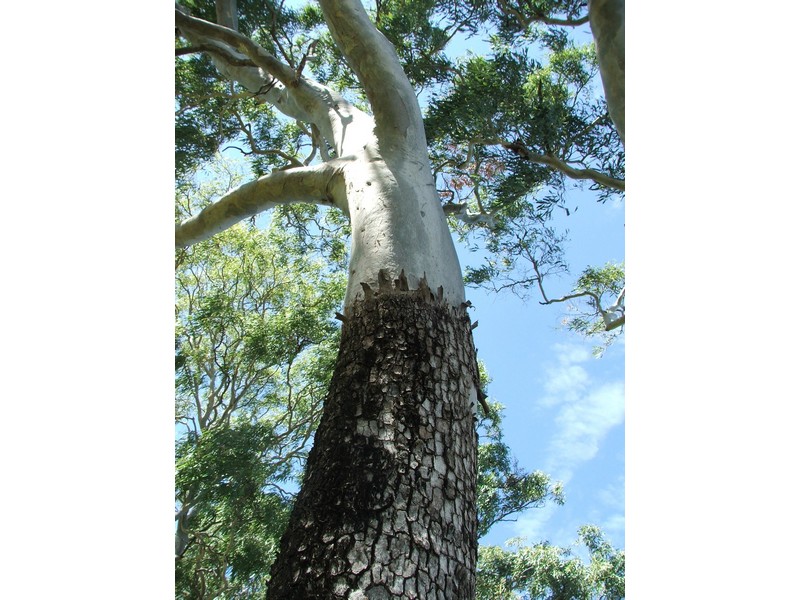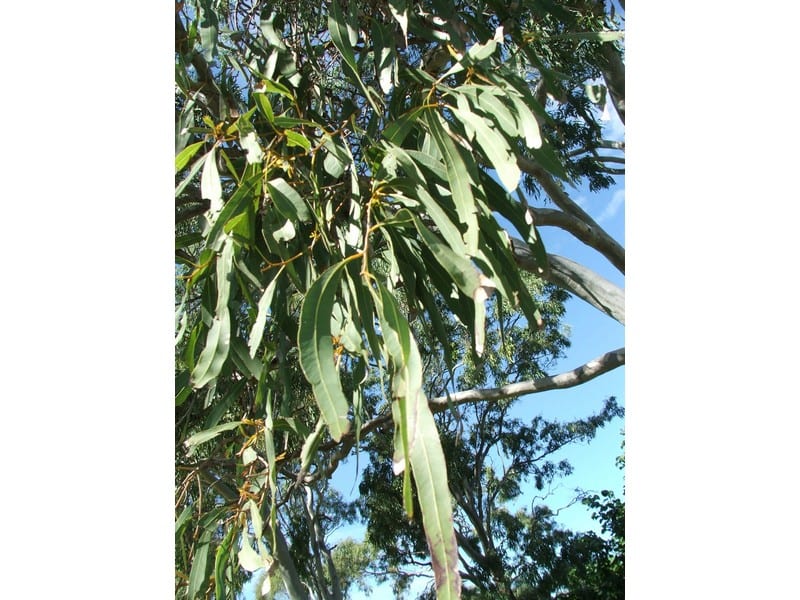Moreton Bay ash
Corymbia tessellaris, Fam. Myrtaceae






Tree 12-30m tall with a straight trunk.
| Weed Category: | |
| Weed: | No |
| Form or habit: | Med tree, Large Tree |
| Family: | Myrtaceae |
| Leaf: | Simple Alternate Adult leaves are alternate, pendulous, dull grey-green in colour, 12-16cm x 1-1.6cm. |
| Flower conspicuous: | Conspicuous |
| Flower colour: |
White, Cream |
| Flower description: | Cream-white, compound, axillary, low-hemispherical bud cap. November to February. |
| Fruit conspicuous: | Conspicuous |
| Fruit colour: |
Brown, Green |
| Fruit: | Dry |
| Fruit description: | Green maturing to brown, cylindrical to urn shaped capsules, thin-walled, 8-11mm in length and 6-8mm wide with valves enclosed. |
| Habitat: | Beach scrub, beach strand, coastal dune, littoral rainforest, open forest, woodland. |
| Distribution | Eastern Queensland and northern New South Wales. |
| Food source for: | Flowers provide food for the black, grey-headed and little red flying-foxes, also the musk, scaly-breasted and little lorikeets. The nectar is an important food source for the little, musk, rainbow, and scaly-breasted lorikeets, and also the friarbird, banded, brown-backed, graceful and white-gaped honeyeaters. Pollen is also consumed by the musk lorikeet. The Moreton Bay Ash is also of ecological importance to the larval stage of theHeteromicta tripartitella which feed on dead leaves. Finally the koala also eats the leaves but rarely. |
| Toxicity: | No toxicity known |
| Origin: | Australia |
| Notes: | |
| Information sources: | Melzer R. & Plumb J. (2007) Plants of Capricornia., Townsend K. & the Society for Growing Australian Plant Townsville Branch Inc. (1994) Across the Top: Gardening with Australian Plants in the tropics., Stanley T. & Ross E. (2002) Flora of south-eastern Queensland: Volume 2 |